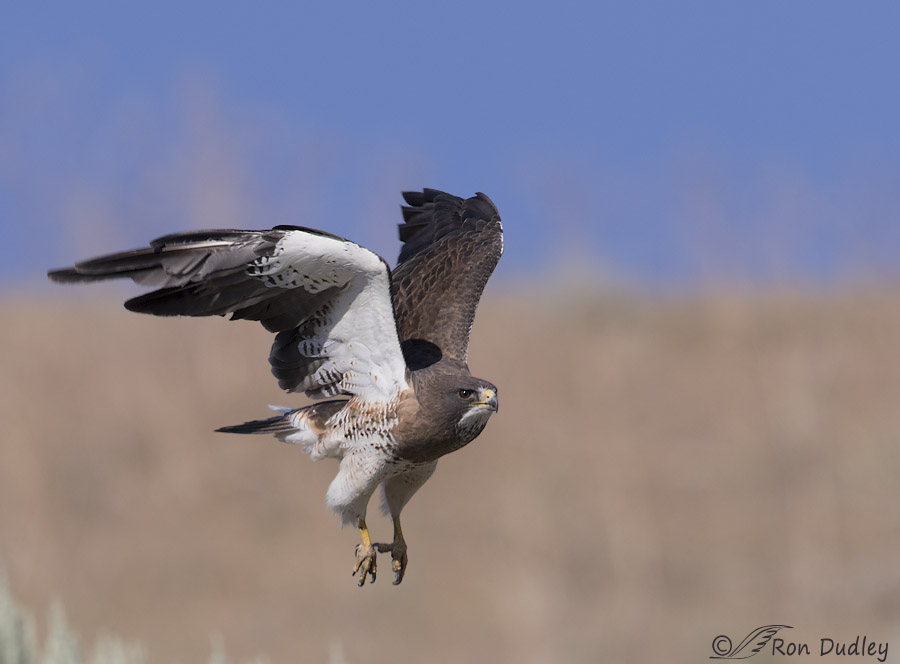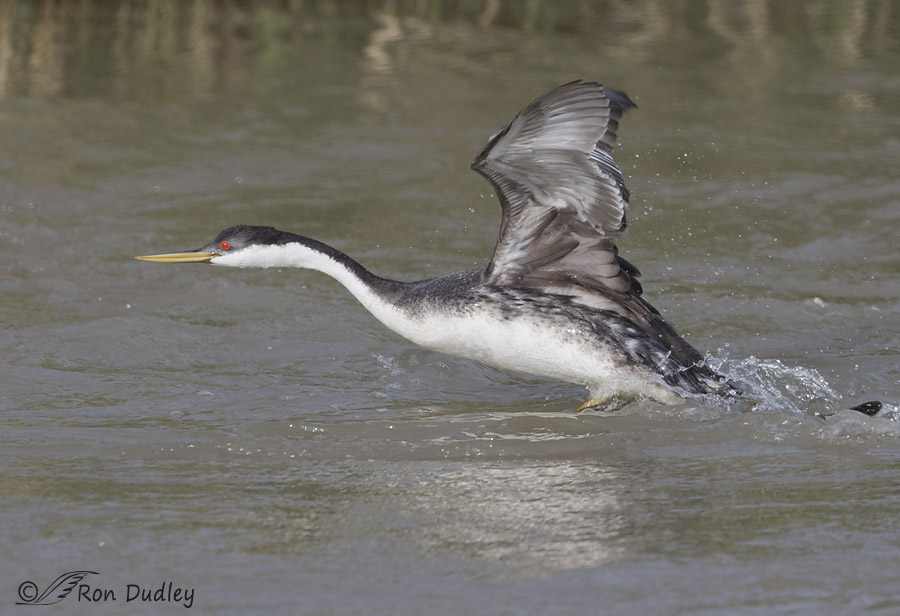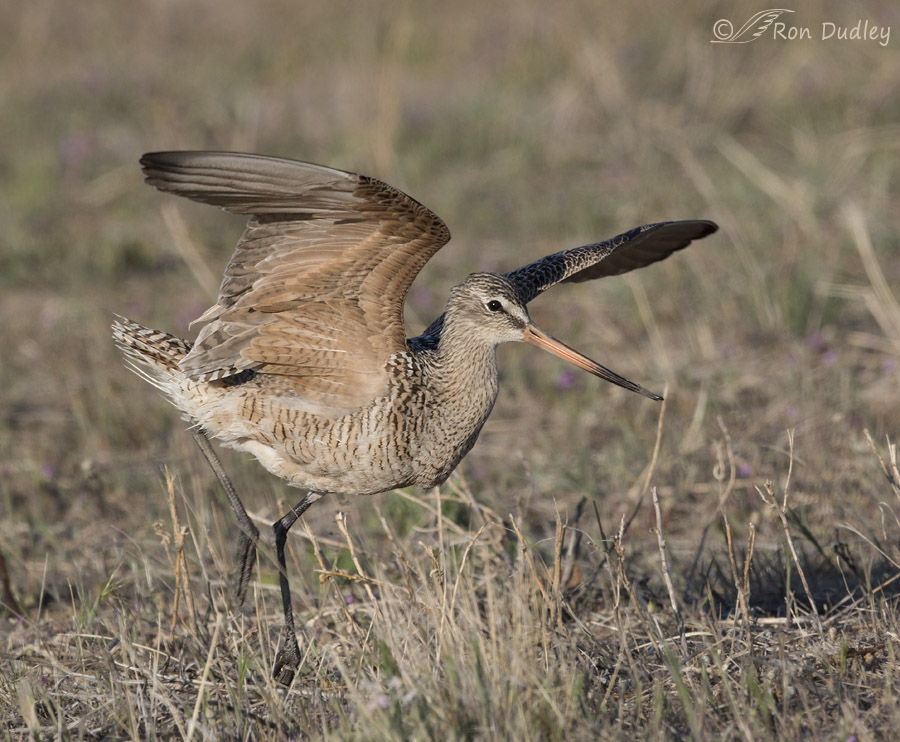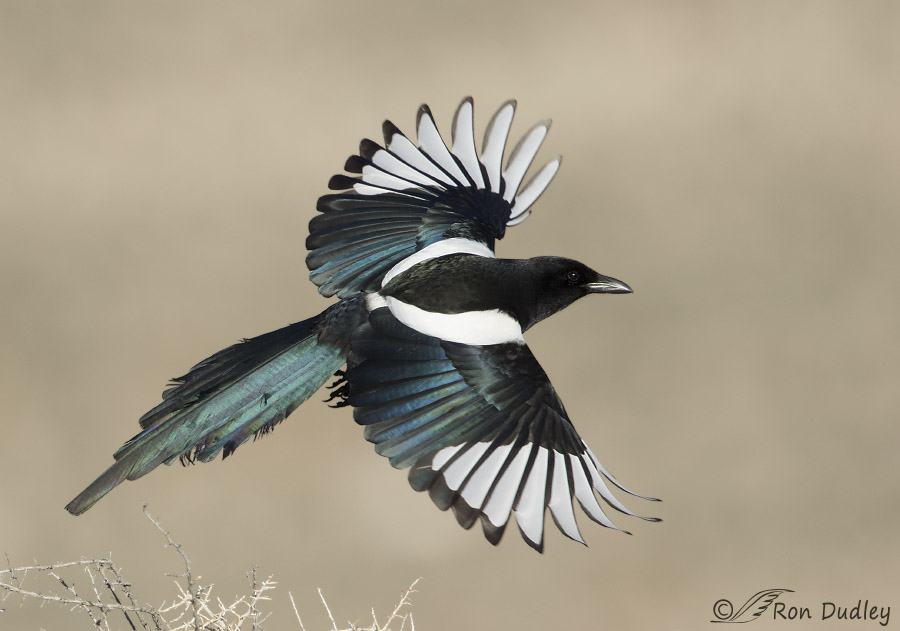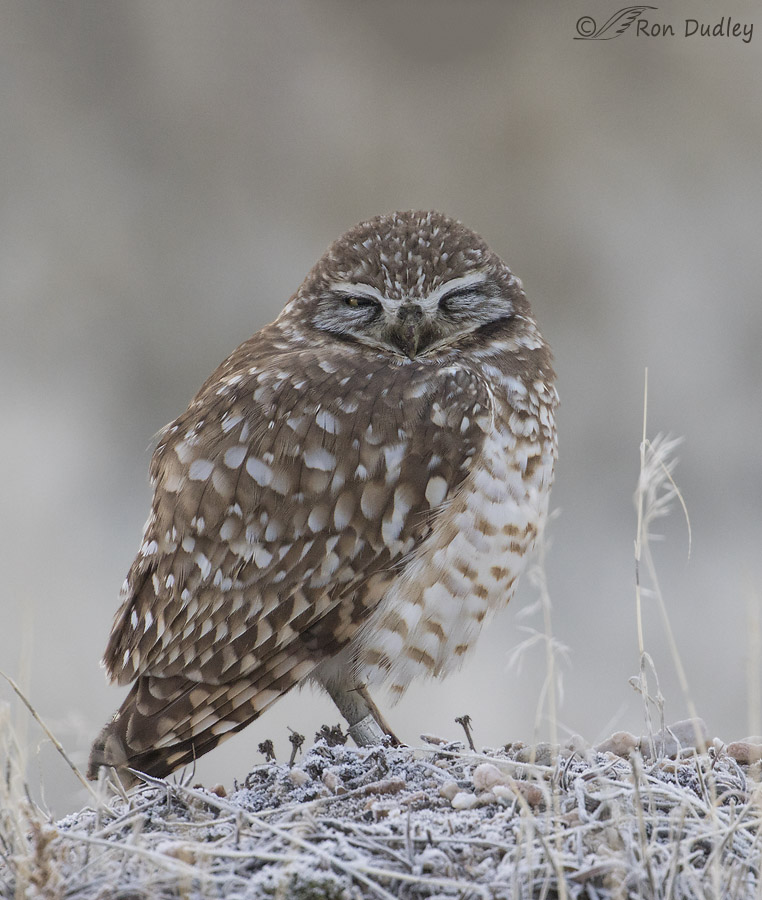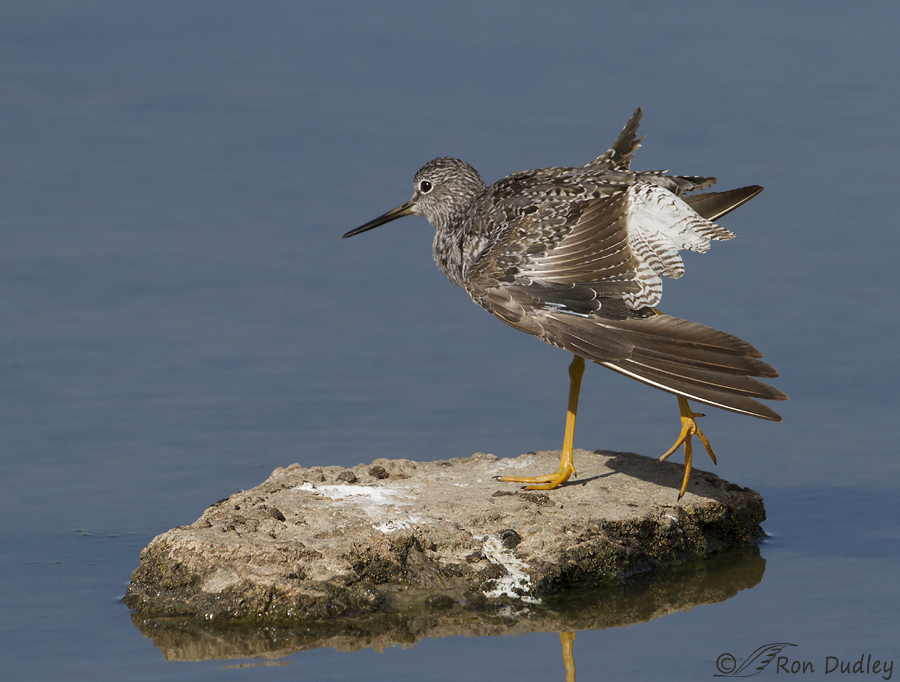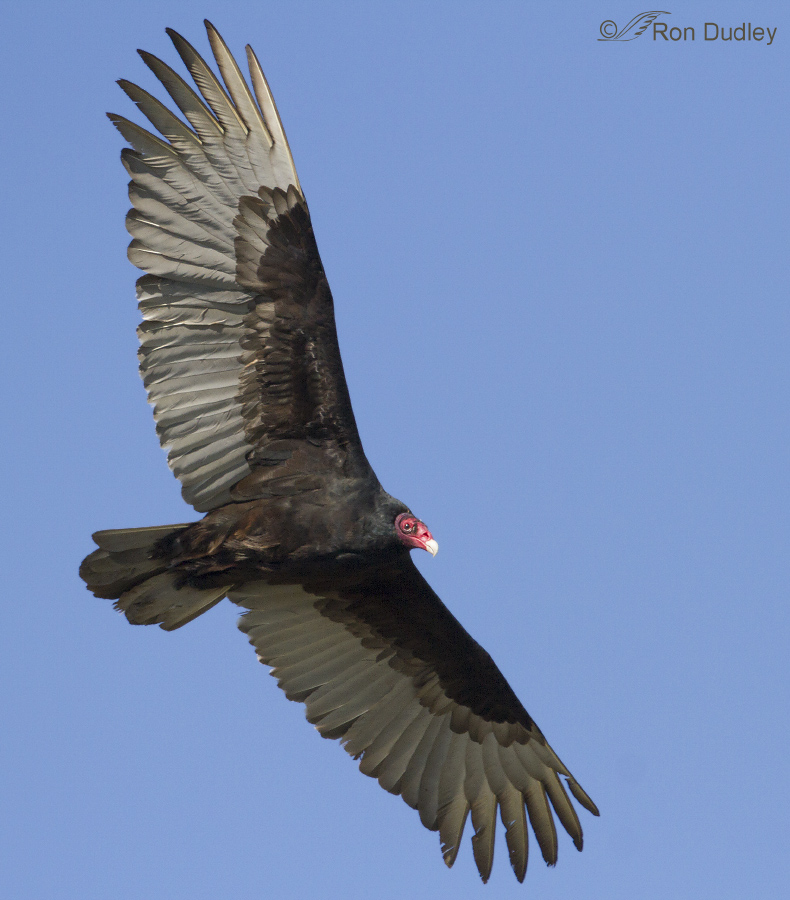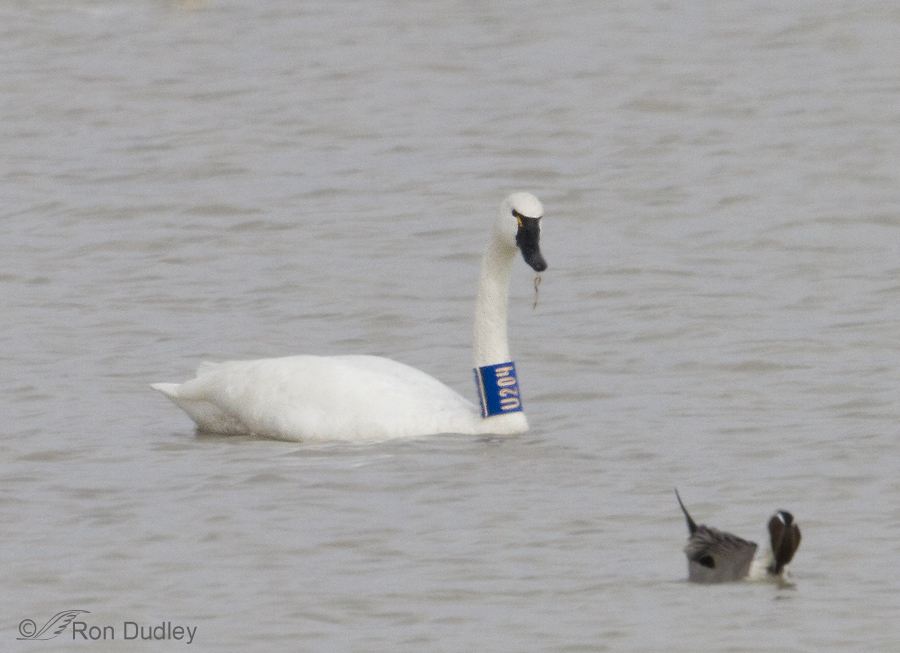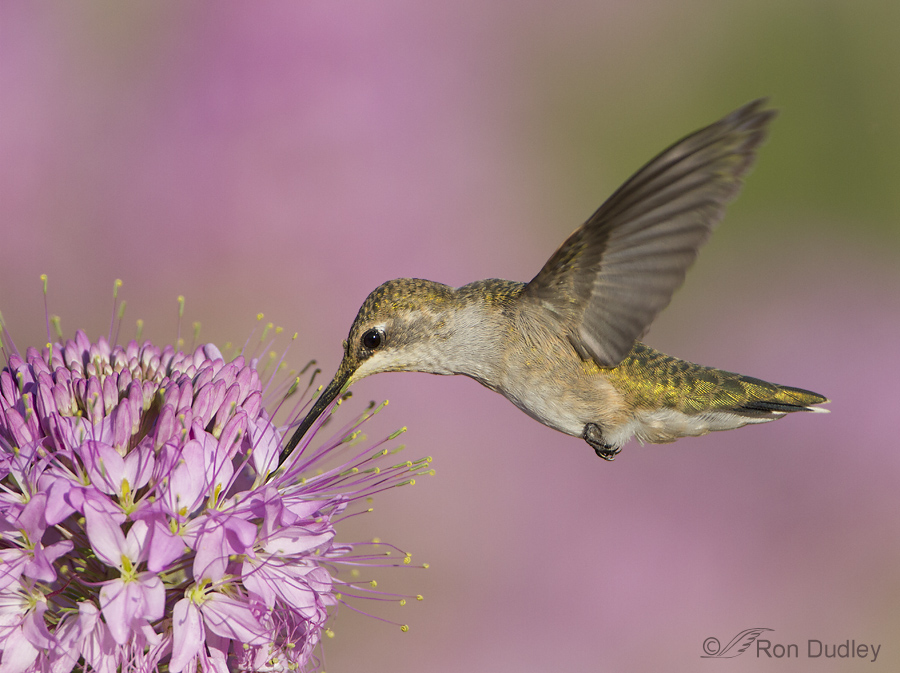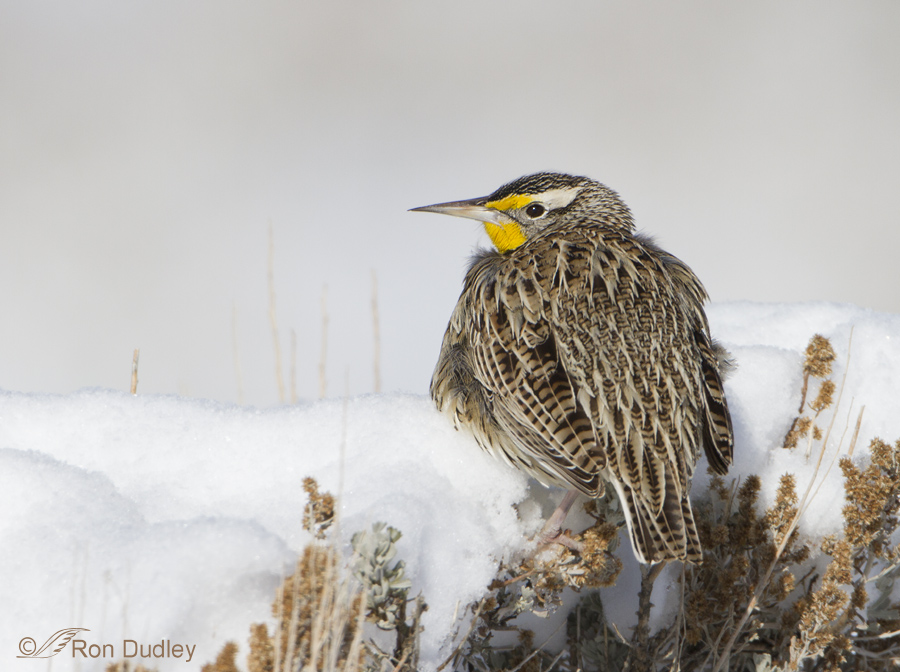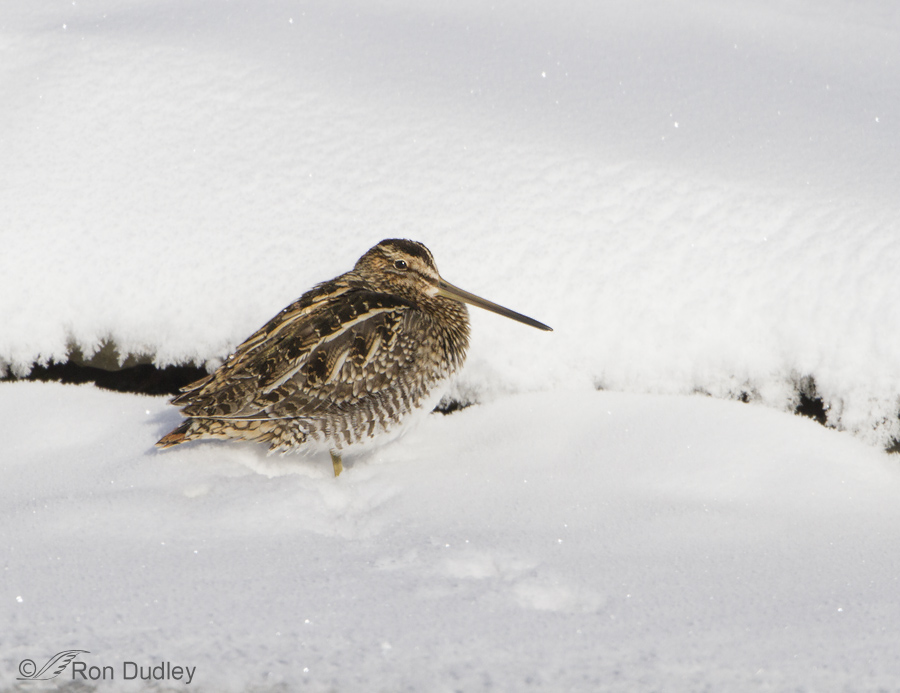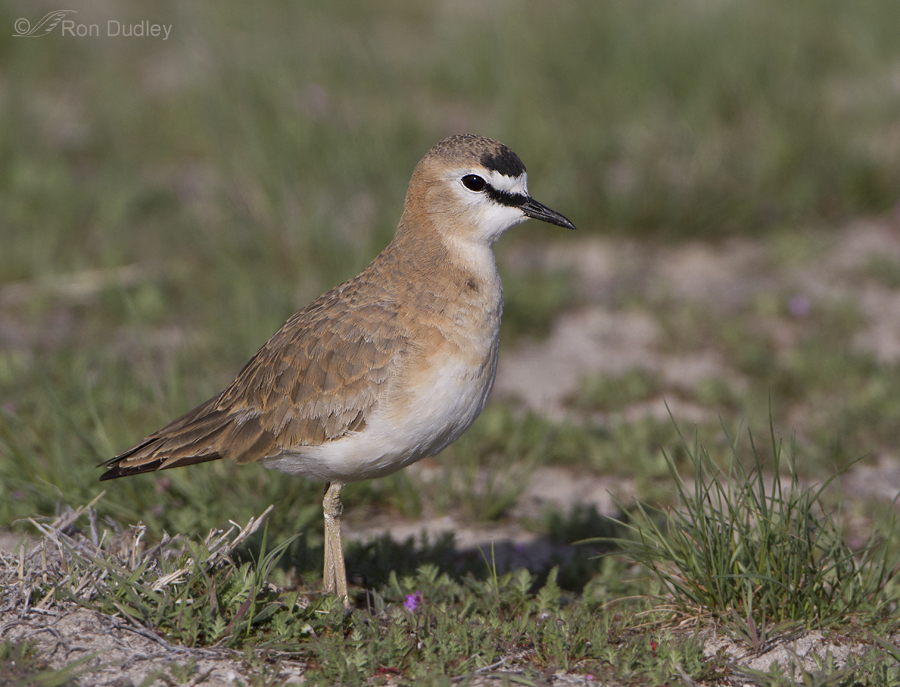Tag: migration
Eureka! Western Grebes Really Do Have Wings
Marbled Godwit On Antelope Island
Iridescent Magpie In Flight (and an “early bird” of another species)
Wintering Burrowing Owl On Antelope Island
Posing Yellowlegs On A Rock Stage
Turkey Vulture
Swainson’s Hawks – Antipicating Their Arrival
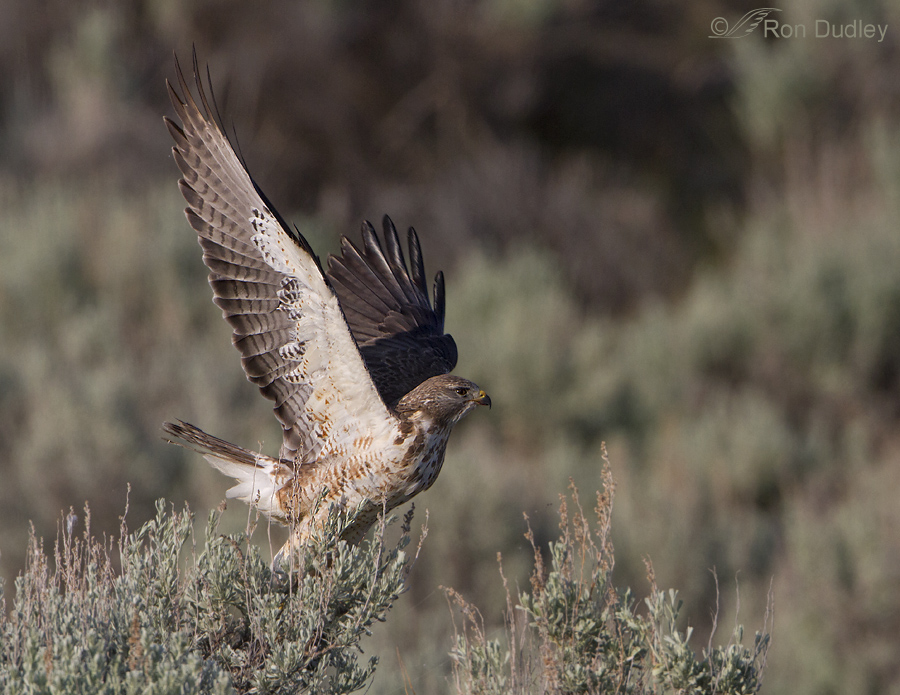
Swainson’s Hawks have been absent from North America for many months. They winter in the pampas of South America and their breeding ground is the temperate zone of North America which means their annual migratory round trip is a long one – roughly 12,000 miles (among raptors only the Arctic Peregrine Falcon migrates further).
The Value (and rewards) Of Reporting Banded Birds
Hummingbird Respite
Western Meadowlark In The Snow
A (Fool) Hardy Wilson’s Snipe
Mountain Plovers – “Prairie Ghosts”
Red-tailed Hawks – Creatures Of Habit
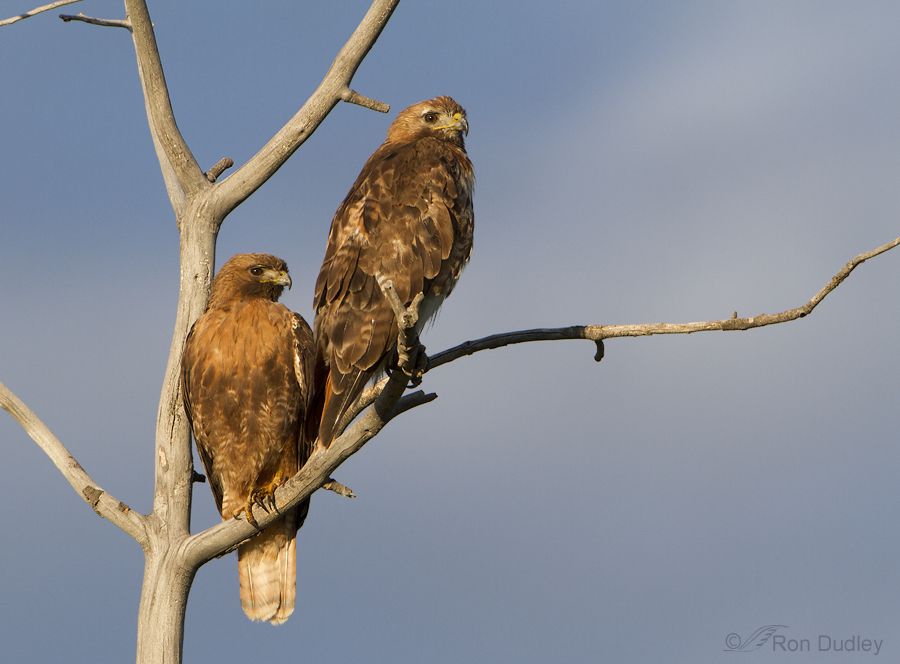
Last summer (these first two photos were taken July 22, 2012) I photographed this mated pair of Red-tailed Hawks in western Montana. On most mornings and some evenings I could almost count on finding them perched in the same old snag and even on the same branch of the dead tree.
Earlier this month on my first Montana camping trip I found the same mated pair on the same perch (male at bottom, female up top).
Swainson’s Hawk – Contrasting Top And Bottom Views In Flight
This bird was one of the early migrants into Utah in the first week of April this year. Swainson’s Hawks winter in South America, which means they funnel through narrow Central America as they migrate each way. To give you an idea of how many birds that involves, 845,000 of them have been counted as they passed over Veracruz, Mexico in a single autumn. Incredible! 1/2500, f/6.3, ISO 500, 500 f/4, natural light, not baited, set up or called in I found this bird in a remote area of Box Elder County, hunting from power poles. One of the reasons I like this image is because it’s fairly unusual for me to get a raptor in full flight (instead of just after taking off, note the position of the feet) when it’s not soaring or gliding with its wings in a horizontal position. I’m always interested when I can get images that contrast the ventral and dorsal colors and plumage patterns of the same species in flight. Swainson’s Hawks are quite dark dorsally. 1/2500, f/6.3, ISO 500, 500 f/4, natural light, not baited, set up or called in But when you can get good light in the ventral view, the contrast is striking. Even though these two images were taken 34 minutes apart, I’m relatively certain that it’s the same bird in both shots. This hawk was coming to land on a power pole and even though the flight position screams for a perch in front of the bird, I took the liberty of cloning out the ugly pole…


